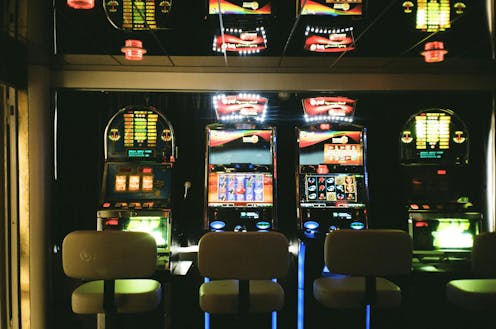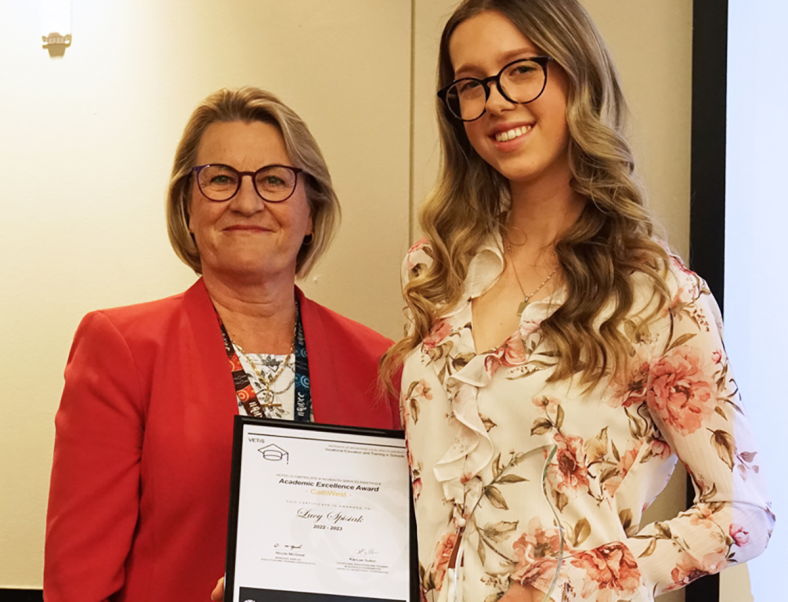It’s only natural that researchers take their work home with them. Jamol Pender took his to the supermarket.
About a year ago, Pender, associate professor of operations research and information engineering in the College of Engineering, found himself standing in Wegmans, wondering about his fellow shoppers amid the ongoing pandemic.
“Everything was just crazy,” he said. “I started thinking about contact tracing in general, and how many people I was interacting with.”
Pender specializes in queuing theory – essentially the science of waiting in lines. His research has sought to ease traffic congestion, help driverless vehicles navigate and minimize the wait for rides at Disney World. So he turned his attention to a similar kind of queueing and set out to model the probability of how often pairs of shoppers might overlap in a store – an approach that could be used to predict the transmission of COVID-19, and guide strategies to reduce its spread.
The most effective strategy the modeling identified: faster checkout lines.
The resulting study, “Measuring the Overlap with Other Customers in the Single Server Queue,” was presented Dec. 17 at the 2021 Winter Simulation Conference. The paper’s lead author is doctoral student Sergio Palomo.
Pender quickly realized the project had applications beyond the supermarket, from barbershops and day cares, to buses and trains. In all of these environments, multiple factors can affect the overlap. The researchers started with the simplest scenario: a space with a single entrance and a single queue.
This single-server model is admittedly a “ridiculous” extreme, Pender said, at the other end of which is the infinite server, which is a kind of idealized model with an endless number of resources, such as a subway ride with limitless passengers continuing to board.
To analyze the possible configurations of how many customers might overlap and for how long, the researchers created a simulation with two primary variables: the arrival rate – how quickly customers enter the store – and the service rate – how quickly customers are processed in the checkout line.
It turns out the key to limiting overlap, and potential exposure, between customers is to make the checkout process as speedy as possible.
“Arrivals have an effect, but not as strong an effect as the service distribution,” Pender said. “So if you had a choice, and you could either restrict the arrivals or make your workers faster, I would tell you to make your workers faster, if you want to reduce overlaps.”
Another way to significantly reduce overlap and create a more efficient system is to add another server queue.
“There’s actually a very stark difference between one server and two servers,” Pender said.
While the new study was inspired by COVID-19, the modeling could be applied to other contexts, such as online security and computer systems, in which the spread of “infection” might be the corruption of data files.
“In many ways, COVID has opened up a new way of thinking about space in general and how we interact,” Pender said. “Our first goal was to really just understand how many people you are actually overlapping. Then, as we started to study this problem, we started to think of how to restrict it a little more. How many people do you overlap with for 10 minutes? 15 minutes? The numbers get smaller, but the math gets harder.”








